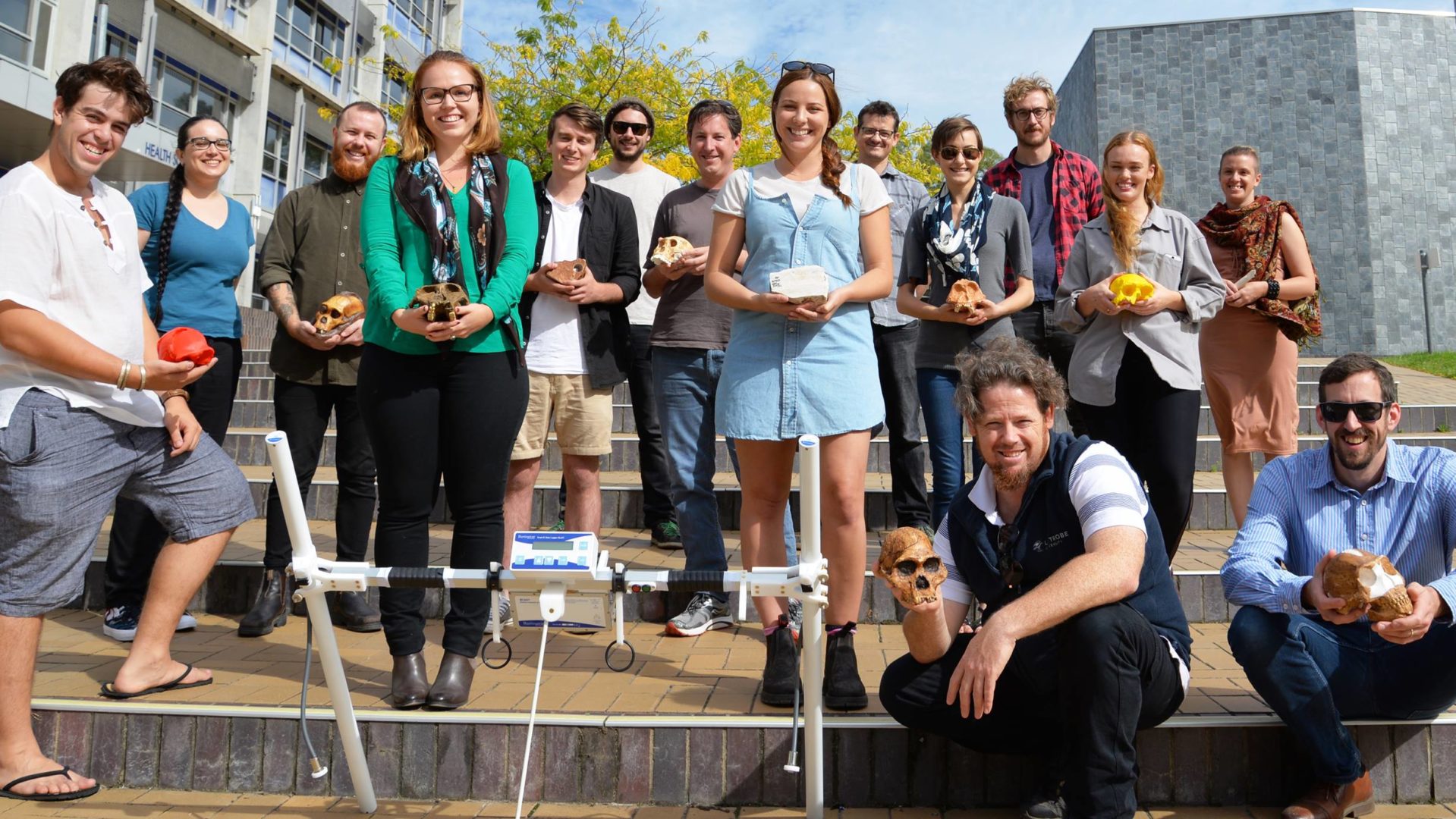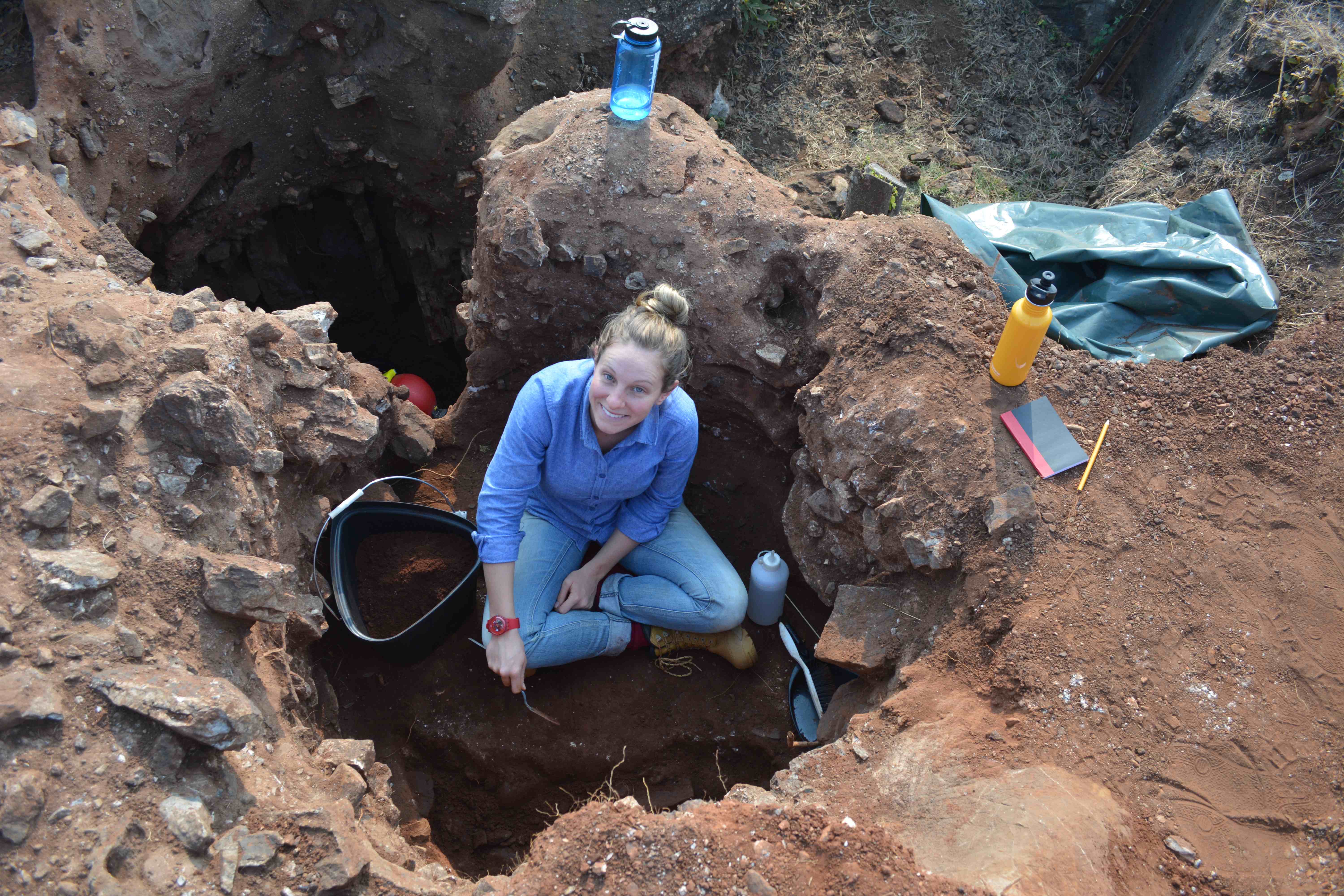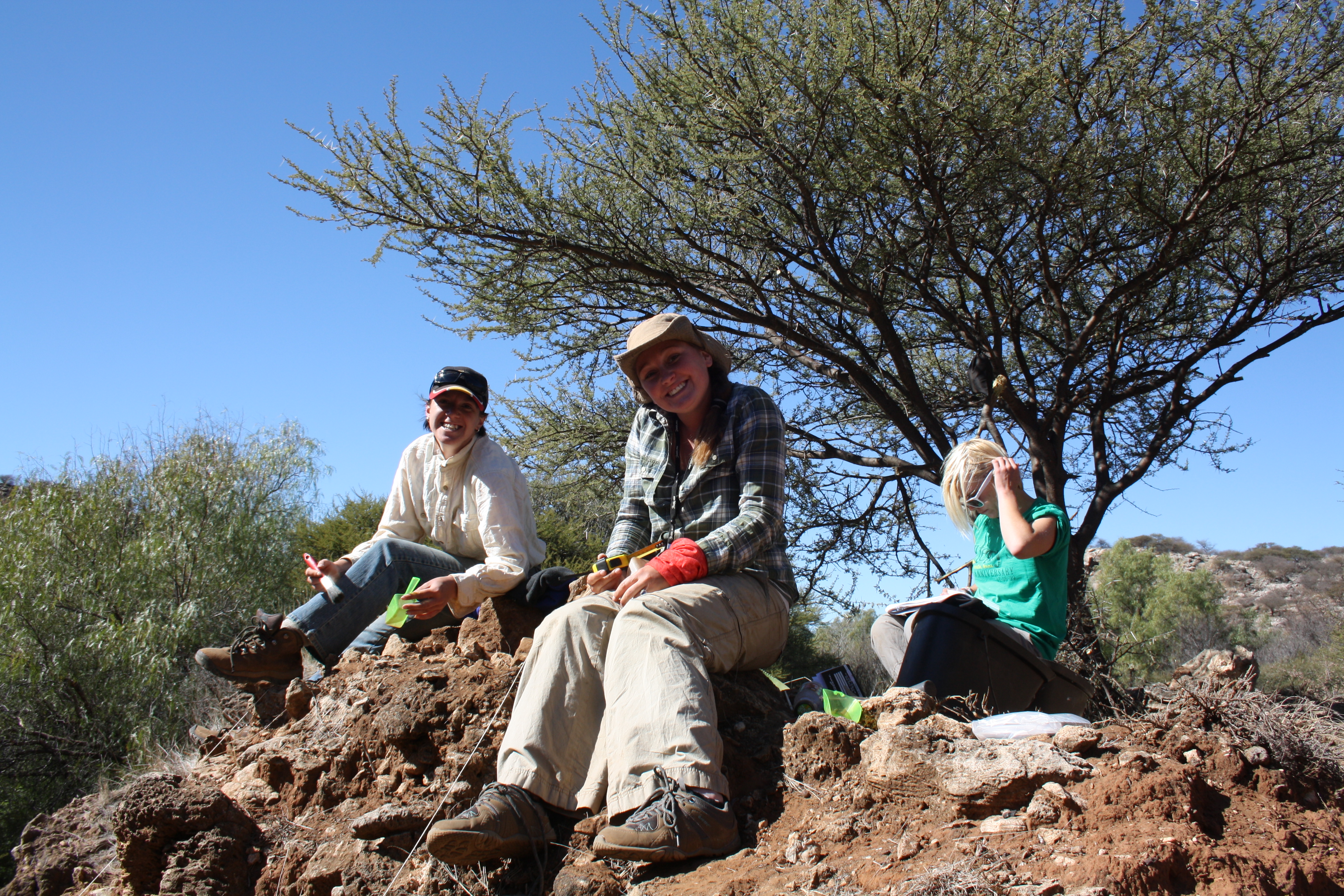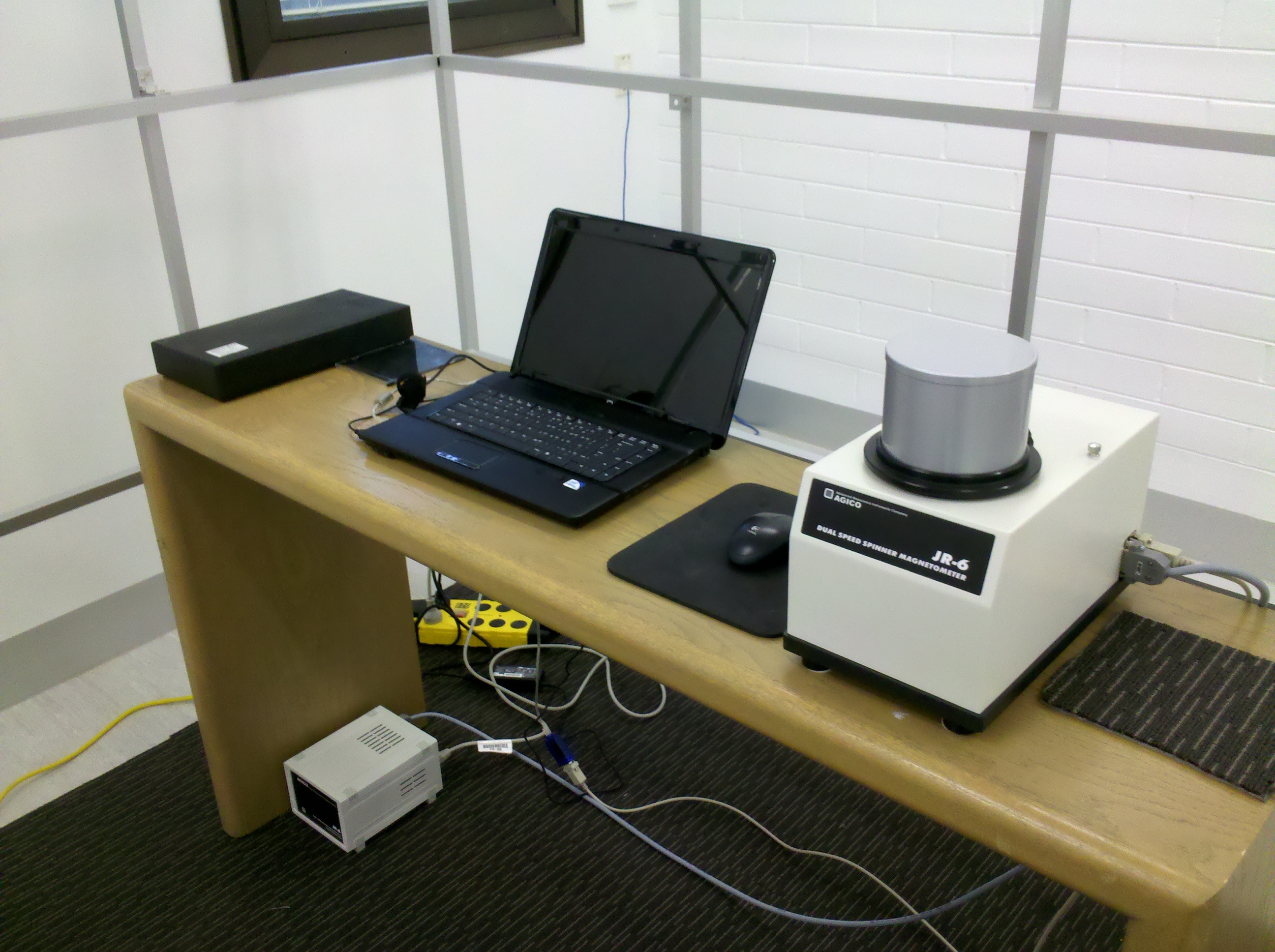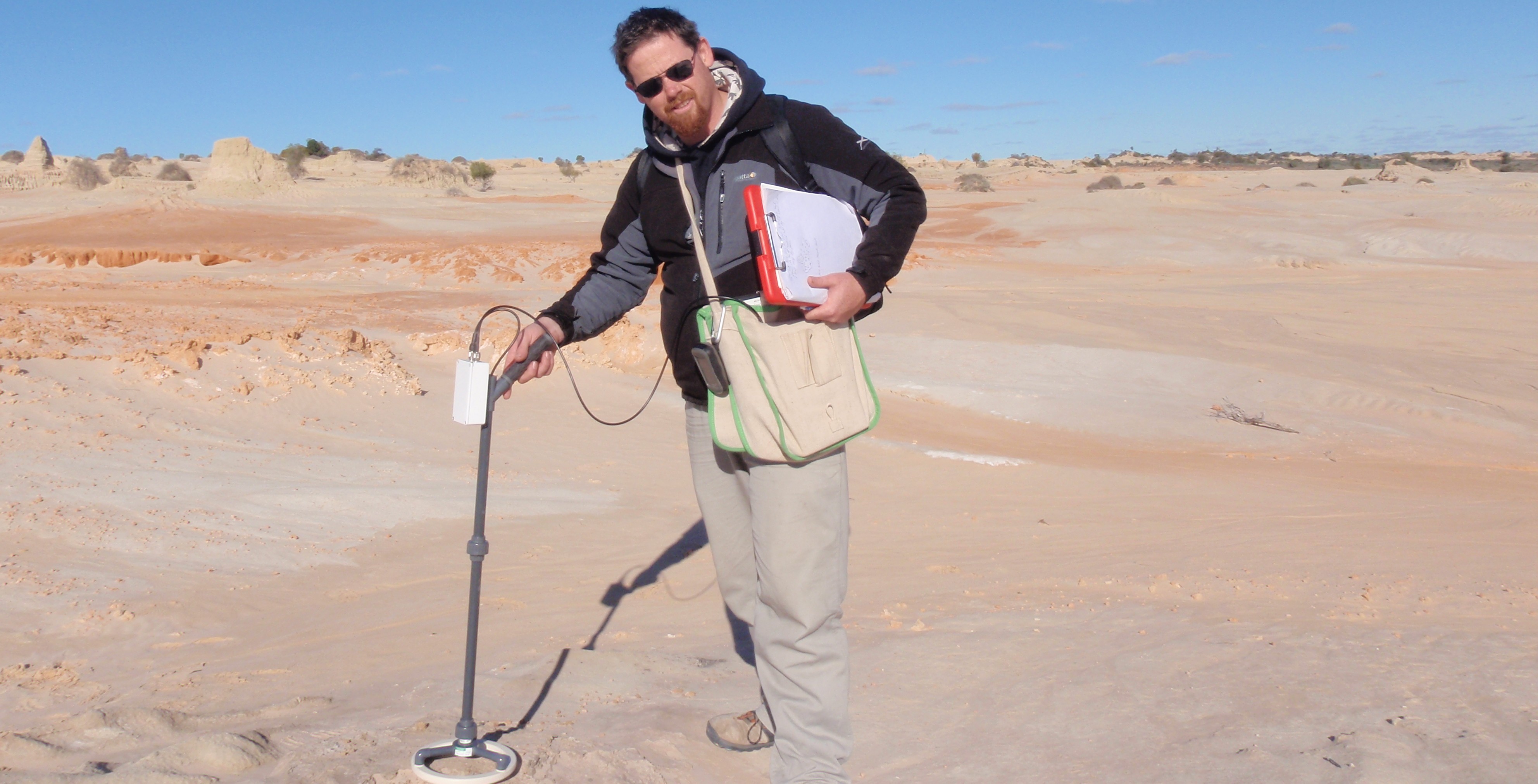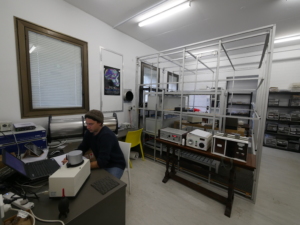About Us
La Trobe University Palaeoscience is part of the Department of Archaeology and History at La Trobe University, (LTU) Melbourne (Australia) and is run by Professor Andy I.R. Herries. It consists of a number of research laboratories (Archaeomagnetism, Geoarchaeology, Palynology) that focus on the scientific analysis of the archaeological and hominin record (geophysics, palynology, geoarchaeology, biological anthropology), as well as visualizing and reconstructing past landscapes and environments. While the focus is on the earlier record, the labs does work on all time ranges from early hominins to historical archaeology.
THE AUSTRALIAN ARCHAEOMAGNETISM (ARCHAEOPHYSICS) LABORATORY (TAAL)
History
The current facilities were built at LTU in 2012 and was specifically designed for work on archaeological and fossil bearing sites as part of the development of archaeological science, archaeometry and geoarchaeological research and teaching within Archaeology at LTU. The focus of the labs is to promote ‘Archaeophysics and Archaeomagnetism as Geoarchaeology’ as well as the broader use of archaeophysics and magnetic analysis in the disciplines of Archaeology, Palaeontology, Paleoanthropology and Quaternary Science. The aim is to have archaeomagnetic analysis used as a common tool on archaeological sites to answer a broad range of questions (sediment sourcing and infill history, ochre and lithic sourcing, stone tool heat treatment, geochronology, environmental reconstructions, geochemistry, geophysical prospection, site formation processes and occupation history, reconstructing fire use and pyrotechnology). This is interwoven with a strong focus on Experimental Archaeology and multi-disiplinarity (Ground Penetrating Radar, Synchrotron radiation, Neutron Tomography, X-ray microscopy [pXRF], GIS, 3D scanning, geochronology; ESR, Cosmogenics, C14, Ar-Ar, U-Th, U-Pb). The LTU VisLab2 is located next to the labs and staff and students regularly use this facility for their work for GIS and GPR work in reconstructing past landscapes.
GET CLEVER TV SHOW
Members of the lab featured on episodes of the 7TWO Kids Science Show ‘Get Clever’ . Watch on 7Plus.
FIELDSCHOOLS
Amanzi Springs Field School: Acheulian to Middle Stone Age (South Africa): Nov 7 – Dec 1st 2022
Each year the Archaeology Department at La Trobe University (Prof Andy I.R. Herries & Dr Matt Meredith Williams) in conjunction with the University of the Witwatersrand (Dr Matt Caruana) and the University of Cape Town run excavations at the Acheulian to Middle Stone Age spring site of Amanzi Springs in the Eastern Cape (near Port Elizabeth) of South Africa. The site has yielded Acheulian to early Middle Stone Age archaeology in rare stratified context as well as associated wood. The occurrence of wood with Acheulian archaeology is extremely rare globally and makes Amanzi Springs an internationally significant site.
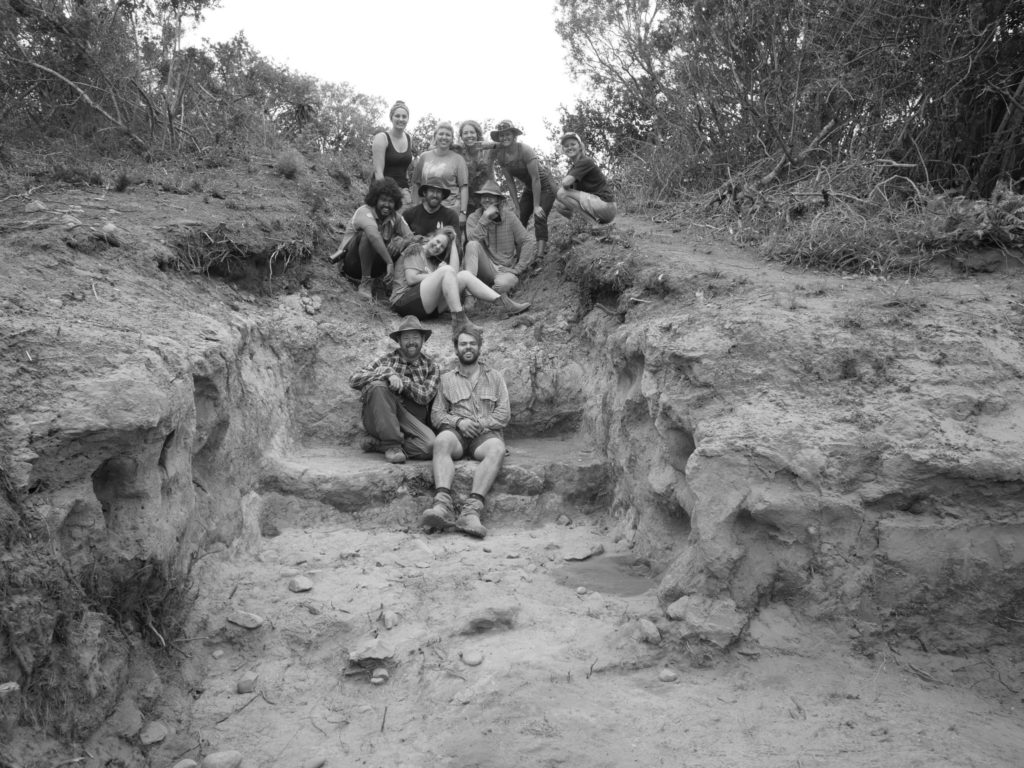
Drimolen Field School in Palaeoanthropology & Geoarchaeology (South Africa): June 8 – July 29th 2019
Each year the Archaeology Department at La Trobe University (Prof Andy I.R. Herries) in collaboration with the Centre for Anthropological Research at the University of Johannesburg (Ms Stephanie Baker) and Washington University in St Louis (Prof David Strait) run a field school in paleoanthropology & geoarchaeology at the Drimolen early hominin bearing palaeocave in South Africa. Drimolen is one of the richest richest hominin bearing deposit in South Africa and has yielded fossils of Paranthropus robustus, early Homo and a wealth of other species, including a vast collection of non-human primates. The site has also yielded evidence for early bone tool use and Oldowan stone tools. Dated to between 2.6 and 1.95 million years ago (Ma) the Drimolen Palaeocave System contains two cave infills, the older ~2.6 Ma Drimolen Makondo (DMK), and the younger hominin bearing Drimolen Main Quarry (QMQ).
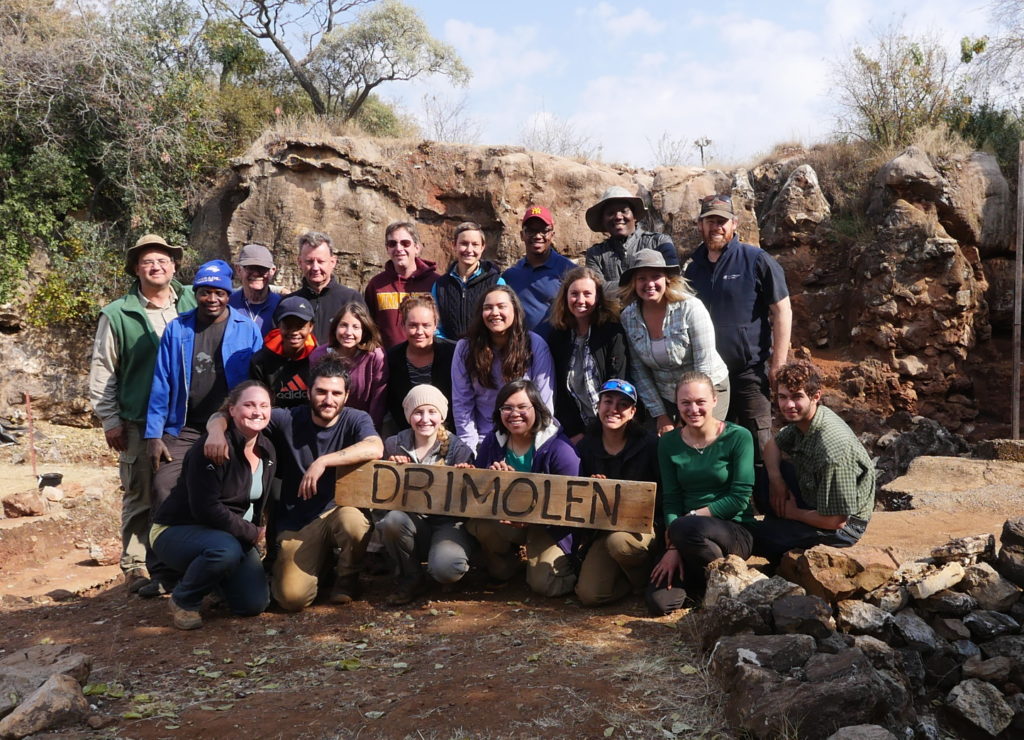
The 2013, 2014, 2015, 2016, 2018 and 2019 field school excavations were a tremendous success and have yielded hominin remains every year. The next field school will run in June 2023. Since 2015 this has included a number of new hominin crania. The field school has a focus on Hominin Palaeobiology, Quaternary African palaeontology and Archaeology, how to survey and excavate bone as well as karst geology and geoarchaeological applications. The field school includes visits to other fossils sites such as Sterkfontein and Swartkrans, learning cave geology at Wonder Cave, visiting all the original hominin fossils, as well as a safari to Pilanesberg National Park. Costs apply and for information about attending the field school please e-mail Prof Herries at a.herries@latrobe.edu.au or see the WUSTL website for details of how to apply in the US.
——————————————————————————————————-
The Lab has two active ARC Grants:
DP170100056 Professor Andrew Herries; Dr Justin Adams; Professor David Strait; Dr David Fink; Dr Renaud Joannes-Boyau; Dr Jessie Birkett-Rees Evolving landscapes of our early South African ancestors. This project aims to reconstruct the early evolution of our genus, from 2.6 to 1.8 million years ago. This was a time of faunal and environmental change, the extinction of apelike human ancestors (Australopithecus), the speciation of a specialised human genus, Paranthropus, and the origin of our own genus, Homo. This project will study South African cave sites, the surrounding karst, and fossils to model changing dietary patterns and landscape use by hominins. This project expects to reconstruct the early evolution of our genus and to address how species reacted to changing environmental conditions and increasing aridity.
DP210101139 Professor Andrew Herries; Prof Lee Arnold, Dr Matthew Meredith-Williams; Acheulian to Middle Stone Age transition at Amanzi Springs, South Africa. This project aims to excavate and date the Amanzi Springs archaeological complex. From 600 to 300,000 years ago, Acheulian stone tool technology, defined by large generalised cutting tools, changed to a Middle Stone Age industry dominated by smaller, specialised technology (points/blades). This transition is poorly defined throughout Africa due to lack of layered archaeological sites at high resolution that can be dated. The project will provide a detailed record of changes in technology across the Early to Middle Stone Age transition. The project could increase our understanding of the climatological, ecological and biological processes that shaped our shared ancestry.
——————————————————————————————————————————————————————————-
Disclaimer: please note that all views expressed on this website are the sole view of A/Prof. A.I.R.Herries and not La Trobe University.
